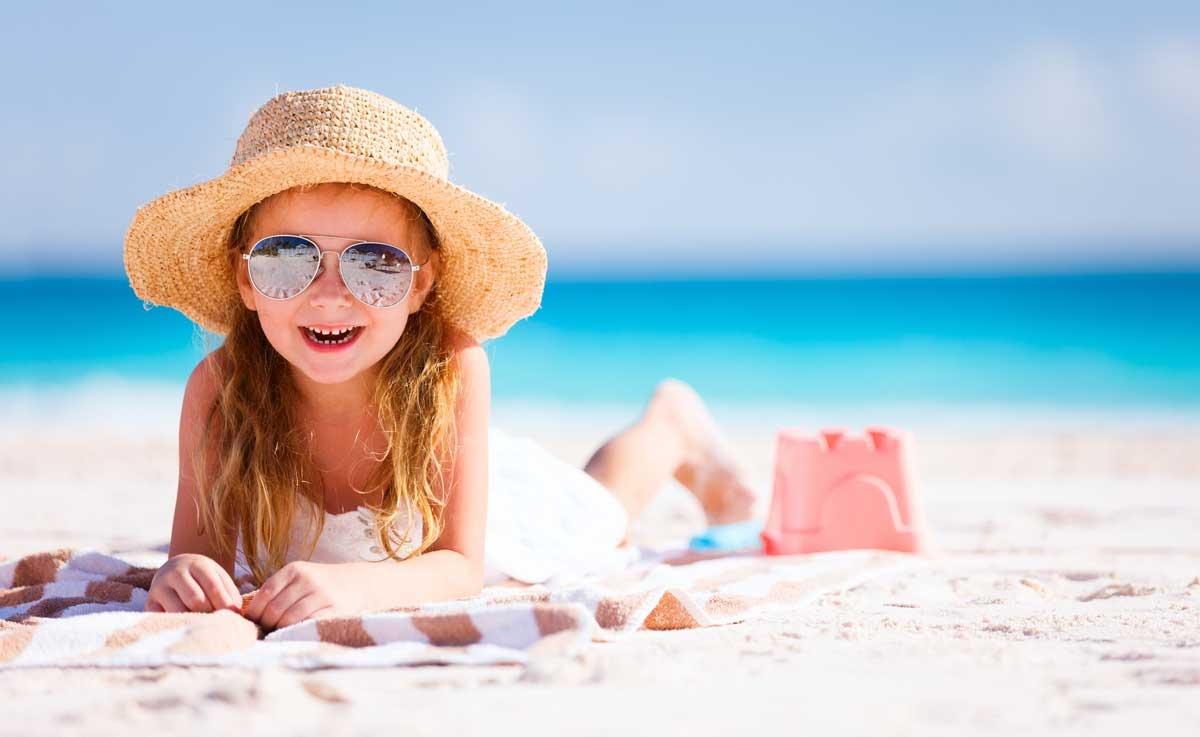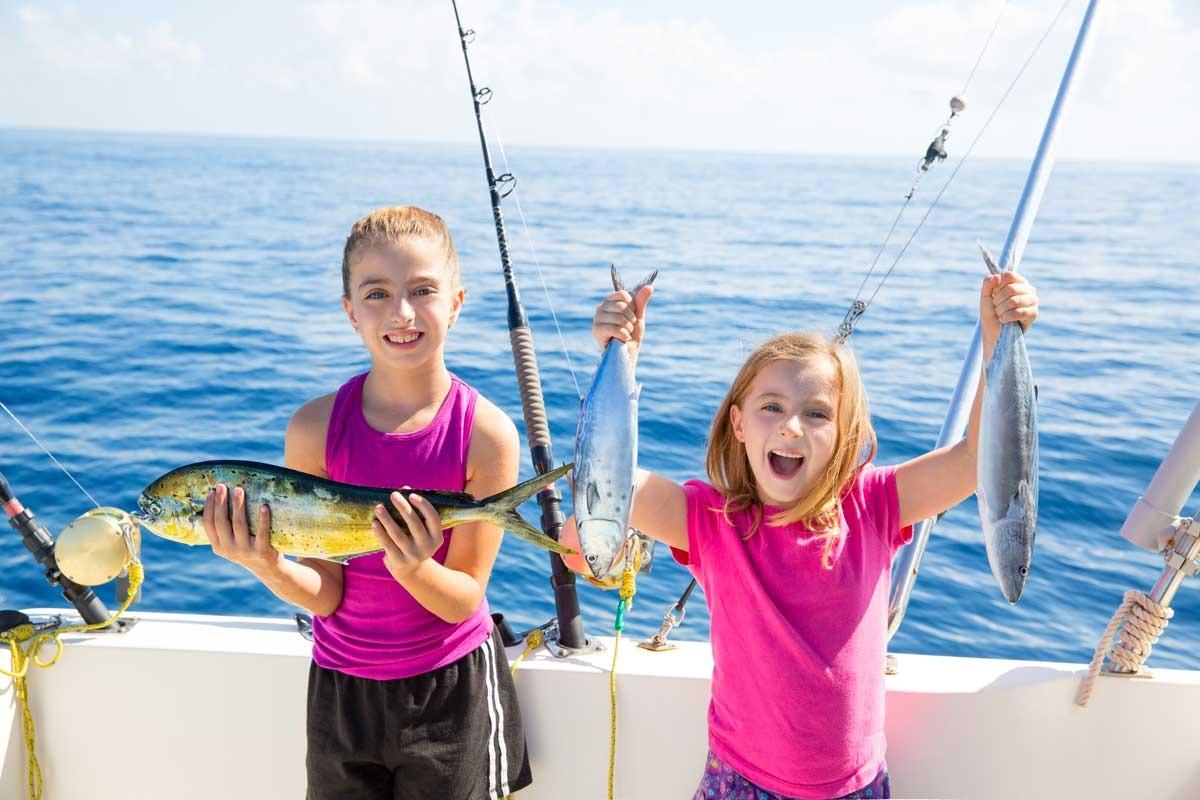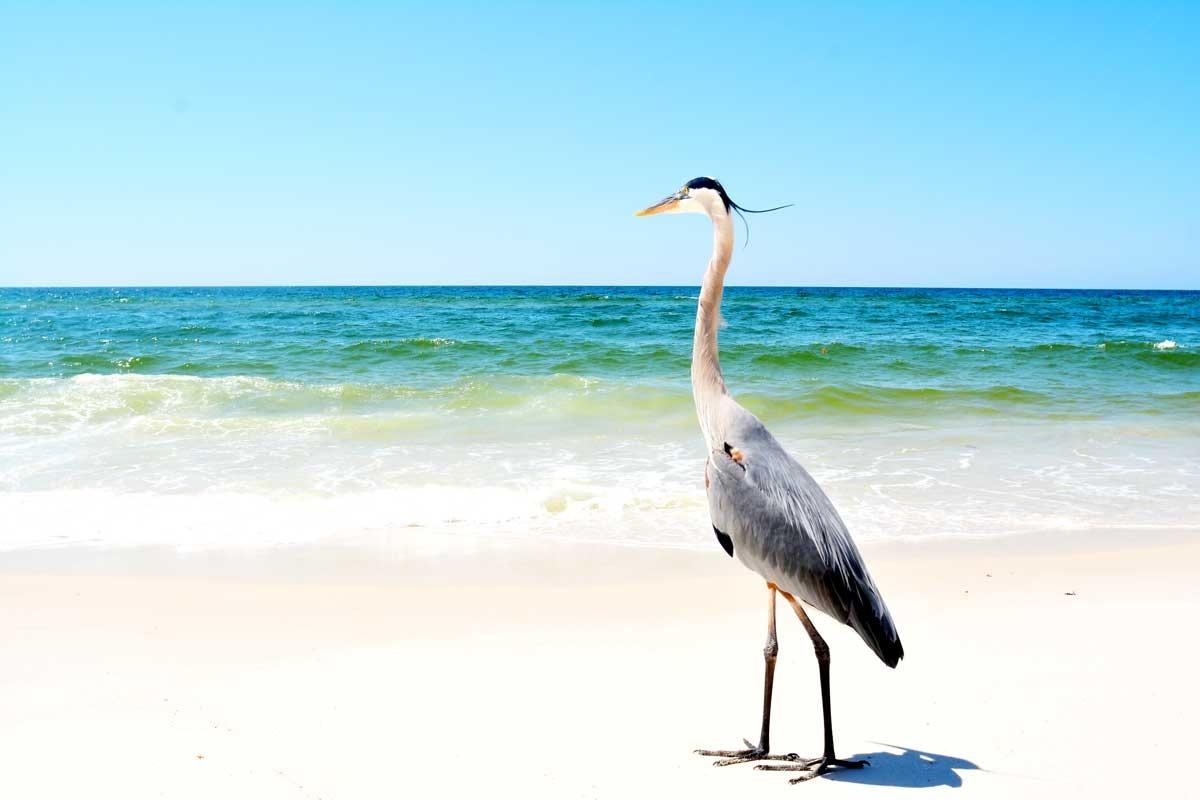Start your seaside adventure by visiting Cape San Blas, a beautiful spot on Florida's Gulf Coast known for its stunning beaches, varied wildlife, and a wide range of recreational activities available throughout the year.
This detailed guide highlights the best times to visit, blending the charm of local events, perfect weather conditions, and a variety of activities that make Cape San Blas a fantastic destination for beach enthusiasts all year long.
If you're drawn to the lively atmosphere of summer water sports, the peaceful moments of winter walks on the beach, the pleasant breezes of spring, or the vibrant celebrations of autumn, this article will help you figure out the best time to schedule your ideal beach vacation.
Learn about the special traits each season brings to Cape San Blas and why this spot is guaranteed to provide memorable beach days packed with adventure, relaxation, and the natural beauty of the surroundings.

Spring (March to May)
Spring is a favorite time for many to visit Cape San Blas. The weather is delightful, with temperatures comfortably sitting between the mid-60s and high 70s Fahrenheit. The ocean begins to warm, inviting visitors to swim and engage in water sports. Rain is less common in the spring, making it a relatively dry season. The area is not yet crowded, and you can enjoy local events such as the Tupelo Honey Festival, which celebrates the region's specialty in producing rare tupelo honey.
Summer is the busiest season, with temperatures often reaching into the 90s. The warm Gulf waters, which can get up to 84 degrees Fahrenheit, are perfect for activities like snorkeling and paddle boarding. However, this is also when the area sees the most tourists and the highest accommodation rates. Summer is known for its rainy season, including possible afternoon thunderstorms. If you're into fishing, summer offers excellent opportunities to catch tarpon.
Fall (September to November)
Fall is a wonderful time to visit Cape San Blas because of the comfortable weather, fewer people, and lower prices. Temperatures usually hover in the 70s to low 80s. The water remains inviting for beach activities into October. Fall also kicks off the scallop season in nearby areas, which can be a fun and different activity for visitors. Keep in mind, there's a hurricane risk in early fall, so it's wise to monitor the weather closely.
Winter (December to February)
Winter is the quietest season on Cape San Blas, perfect for those looking to avoid crowds. Though cooler, with average temperatures in the mid-50s to 60s, it's still pleasant for long beach walks and exploring nature trails. This is when you'll find the best deals on accommodations, and the peninsula is at its most peaceful.
Deciding when to visit Cape San Blas really depends on what you're looking for. Spring brings wonderful weather, summer is great for water lovers, fall offers fewer crowds with still-great conditions, and winter allows for peaceful exploration at a lower cost. Each season has its own appeal, making Cape San Blas a great beach destination year-round.

You can make your beach day at Cape San Blas even more fun by engaging in a variety of activities. While relaxing and basking in the sun might be all you need to do to enjoy your day at the beach, the activities below can make the experience even better. And who wouldn't want to have the best day possible at the beach?
Swimming here is a joy due to the calm and shallow waters close to shore, which are great for families with young kids. The absence of strong currents makes it a safe spot for swimmers of all skill levels. Shielded from the more intense waves typically found on more exposed coastlines, the waters around the peninsula are unusually serene, offering a peaceful swimming experience.
Snorkeling at Cape San Blas is particularly rewarding, thanks to the vibrant underwater life and excellent visibility. The area is home to a variety of fish, sea urchins, and even playful dolphins.
The seagrass beds at the peninsula's tip are bustling with marine life including starfish and sand dollars. Snorkelers enjoy clear views of marine fauna without the disturbance of loud watercraft or crowded tour groups.
What makes Cape San Blas even more appealing is the effort the authorities put into preserving the natural environment, ensuring the beaches remain uncrowded and peaceful.
This dedication helps keep the waters clean and tranquil, enhancing both swimming and snorkeling experiences. It also protects the habitats of the creatures you see while snorkeling, ensuring the area remains a safe refuge for its diverse marine species.
Access to the water is straightforward. Public access points are well-kept, featuring boardwalks that protect the natural dunes while offering easy beach entry. For snorkelers, this means they can get to the best spots right from the shore without needing a boat, allowing for spontaneous underwater adventures.
Cape San Blas is a wonderful choice for both swimming and snorkeling, providing visitors with the opportunity to enjoy the Gulf Coast's natural beauty. The combination of clear, calm waters, rich marine biodiversity, and excellent beach facilities makes it an ideal spot for those looking to engage in these activities in a calm and picturesque environment.

Fishing at Cape San Blas is an experience that combines the tranquil beauty of Florida's Gulf Coast with a rich array of marine life, making it a top pick for anglers of all skill levels. This narrow peninsula is celebrated for its powdery white sands and clear waters, providing a picturesque backdrop for a day of beach fishing.
The peninsula's geography gives anglers access to diverse fish species. Depending on the time of year, you might reel in pompano, redfish, Spanish mackerel, or even a shark. The shallow waters near the shore are ideal for wading out and casting your line, while the calmer waters of nearby St. Joseph Bay are perfect for those who prefer to fish away from the waves.
Surf casting is a popular technique here. With a long rod, anglers can cast their lines into deeper waters where fish tend to swim. Using live bait like shrimp or sand fleas, which you can often find right on the beach, usually brings the fish closer to shore. Artificial lures and spoons are also effective, especially during high tide when fish are feeding near the beach.
The best times for fishing at Cape San Blas are early morning or late evening. Fish are more active during these cooler parts of the day, and you'll also get to enjoy the stunning sunrises and sunsets that paint the sky.
For those looking for a bit more guidance, there are local charters that provide all the necessary equipment and the knowledge of experienced local fishermen. These charters accommodate both individuals and groups and offer various fishing experiences, including offshore and bay fishing.
Fishing regulations are in place to ensure that the practices are sustainable and that the area's marine ecosystems are preserved. Anglers need to have a valid Florida fishing license, which you can get online or at local shops. Knowing the size and bag limits is also crucial for helping to maintain healthy fish populations for years to come.
Fishing at Cape San Blas gives you the opportunity to enjoy the serene environment and the simple pleasures of nature. Pulling in a hefty redfish or simply soaking up the calm of the surf, the area offers an unforgettable fishing experience that beautifully blends excitement with the soothing presence of the Gulf.
Wildlife Watching

Cape San Blas is a haven for anyone eager to watch a variety of animals in their natural settings, making it a top destination for nature enthusiasts and wildlife watchers.
One of the highlights at Cape San Blas is the sea turtle watching experience. The area serves as a critical nesting site for loggerhead and green turtles. During the nesting season from May to October, visitors can witness the awe-inspiring sight of female turtles trudging onto the beach at night to lay their eggs. Months later, the excitement continues as tiny hatchlings scramble from their nests to the sea, guided by the moonlight.
Birdwatching is also a popular draw to Cape San Blas. Positioned along migratory routes, the peninsula is a prime spot for observing birds, especially during the migrations in spring and fall. The area's mix of coastal dunes and salt marshes offers the perfect backdrop for spotting various bird species. Beachgoers can see plovers, sandpipers, and terns searching for food along the shore, while ospreys and bald eagles are often seen flying above or resting in the tall pine trees.
The peninsula's diverse landscapes support a wide range of land animals. In the more secluded areas and surrounding forests, it's possible to spot foxes, raccoons, and even the occasional armadillo. Sightings of the more reclusive bobcat have also been reported. These creatures are most active and easier to spot during the early morning or late evening hours.
For those who love marine life, dolphins are a common sight around Cape San Blas, often seen from the shore as they play or hunt in the nearby waves. Taking a kayak or paddleboard out provides a silent way to watch these graceful mammals up close without disturbing them, creating a truly memorable wildlife experience.
As mentioned in earlier paragraphs, snorkeling is another fantastic way to explore the marine environment of Cape San Blas. The seagrass beds near the shore are bustling with life, home to colorful fish, sea urchins, and occasionally, rays that swim gracefully through the water. The clear, shallow waters on the bay side are particularly great for beginners.
Every wildlife encounter at Cape San Blas is a gentle reminder of nature's beauty and its vulnerability. Visitors are encouraged to keep a respectful distance and adhere to local guidelines to minimize their impact, helping to preserve this special place for the animals that call it home and for future generations to enjoy.


